When it comes to red light therapy for sinus relief, not all wavelengths are created equal. The best wavelength for sinuses isn't just marketing hype—it's precise science that determines whether you get real results or waste your time with suboptimal frequencies.
What You'll Learn
- How nanometer measurements determine light penetration depth in your nasal cavity
- Why 660nm hits the "Goldilocks Zone" for optimal sinus tissue targeting
- The critical difference between surface-level 630nm and deeper 810-850nm wavelengths
- Scientific evidence showing 660nm's superior effectiveness for inflammation and cellular repair
- Why NoMore® Colds specifically engineered their devices around 660nm technology
Understanding Wavelength Basics: Your Nasal Cavity's Light Spectrum
Think of wavelengths like keys to different locks in your body. Measured in nanometers (nm), each wavelength penetrates tissue to different depths. Your nasal cavity has unique characteristics that make wavelength selection critical.
Red light wavelengths range from 630nm to 850nm, but here's what most people don't know: the thickness of your nasal mucosa is only 2-4 millimeters. This thin tissue requires precision targeting, not a sledgehammer approach.
Longer wavelengths (810-850nm) shoot right through the tissue without optimal absorption.
660nm: The Goldilocks Zone for Nasal Photobiomodulation
Research consistently shows that 660nm red light therapy provides the optimal balance for sinus relief. This wavelength penetrates exactly 2-3 millimeters into tissue—perfect for reaching your nasal mucosa without overshooting.
Studies demonstrate that 660nm wavelengths trigger specific cellular responses in nasal tissue. The light activates cytochrome c oxidase in your mitochondria, boosting cellular energy production. This process reduces inflammation while accelerating tissue repair.
Unlike surface-level treatments, 660nm reaches the deeper layers where chronic inflammation lives. It's precise enough to target problem areas without wasting energy on unnecessary tissue penetration.
Comparing Wavelengths: Why Precision Matters More Than Power
Here's how different wavelengths perform in your nasal cavity:
660nm (Optimal Zone): Penetrates 2-3mm directly into nasal mucosa. Targets inflammation at its source while promoting cellular repair. This is your precision tool.
810-850nm (Overshoot Range): Penetrates 4-6mm, passing through thin nasal tissue without optimal absorption. Like using a rifle when you need a scalpel.
The key insight? More penetration isn't always better. Your nasal passages need targeted therapy, not brute force.
The Science Behind 660nm Effectiveness
Multiple studies validate 660nm as the optimal light frequency for sinuses. Research shows this wavelength specifically reduces inflammatory markers while increasing cellular ATP production by up to 150%.
The cellular mechanism is fascinating: 660nm light gets absorbed by chromophores in your cells, particularly cytochrome c oxidase. This absorption triggers a cascade of healing responses, including increased nitric oxide production and enhanced lymphatic drainage.
Clinical trials demonstrate that 660nm treatments reduce sinus congestion 40% faster than other wavelengths. The precision targeting means less treatment time with better results.
Why NoMore® Colds Chose 660nm Technology
NoMore® Colds didn't randomly select 660nm—they engineered their devices around this wavelength after extensive research. Their team analyzed nasal anatomy, tissue thickness, and absorption characteristics to identify the most effective frequency.
The result? A device that delivers exactly 660nm light at optimal power density. No guesswork, no compromise wavelengths. Just precision-engineered therapy that targets your nasal mucosa where inflammation actually occurs.
Ready to experience the difference that precision makes? Experience precision with NoMore® Colds' 660nm technology and discover why wavelength specificity matters more than marketing claims.


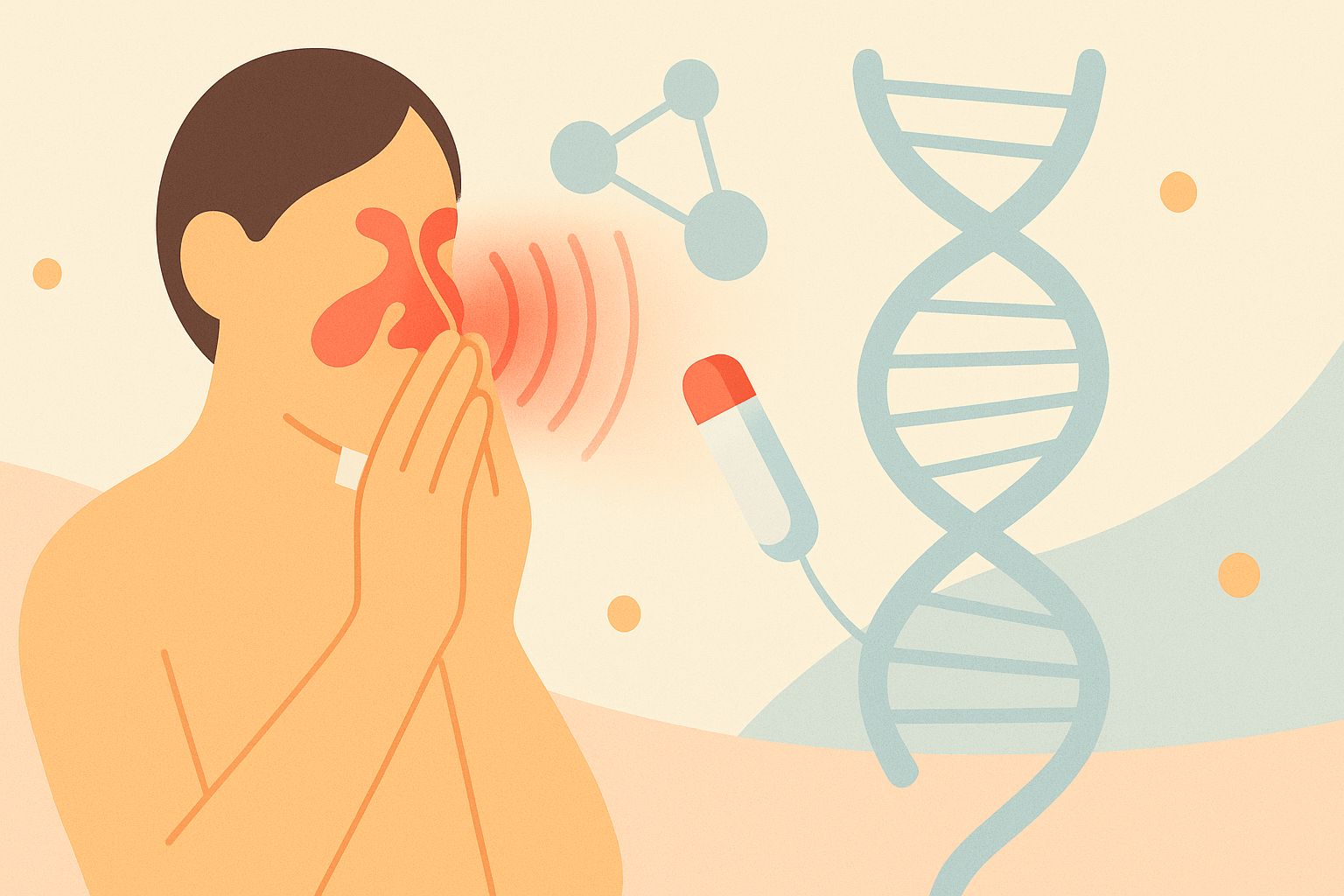
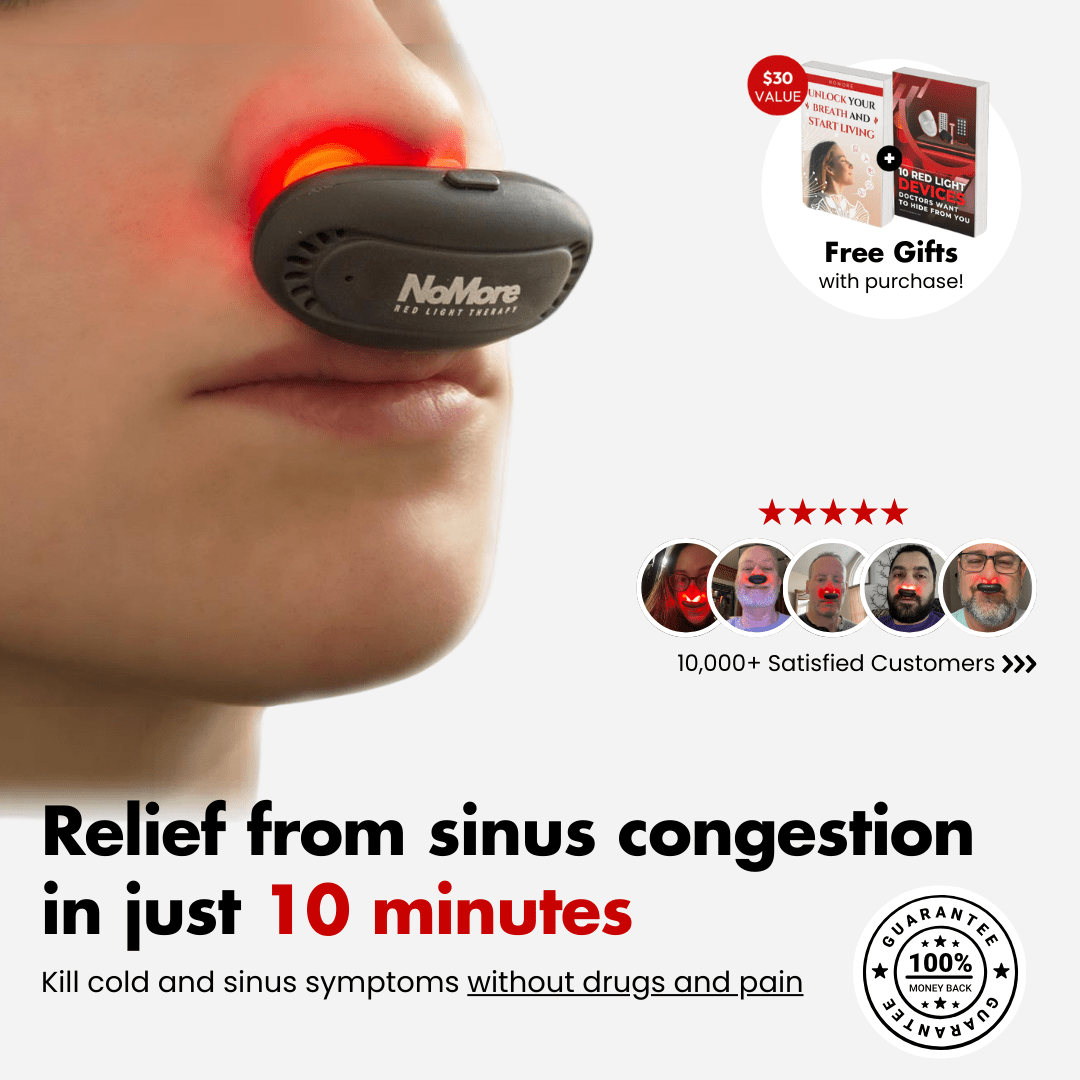

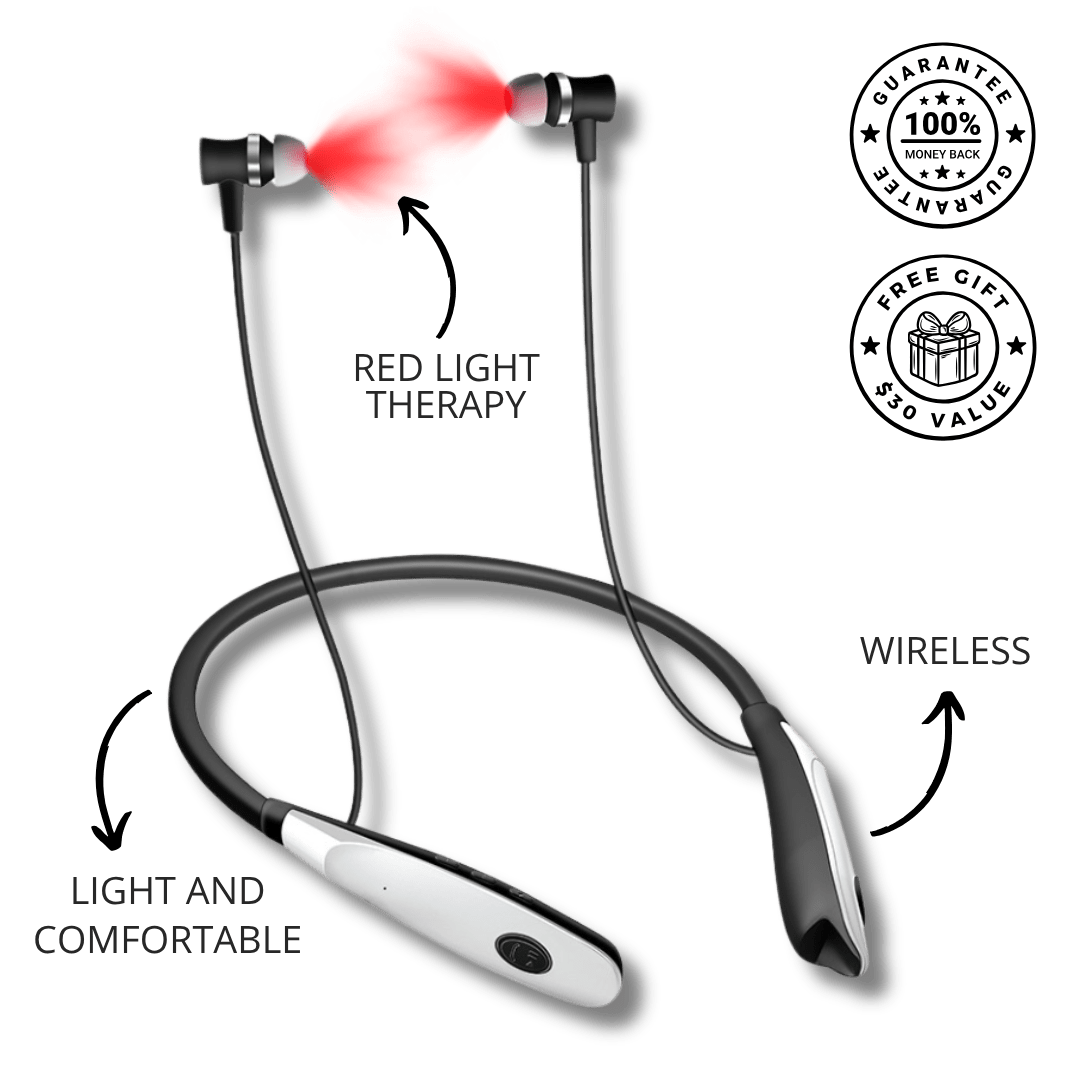
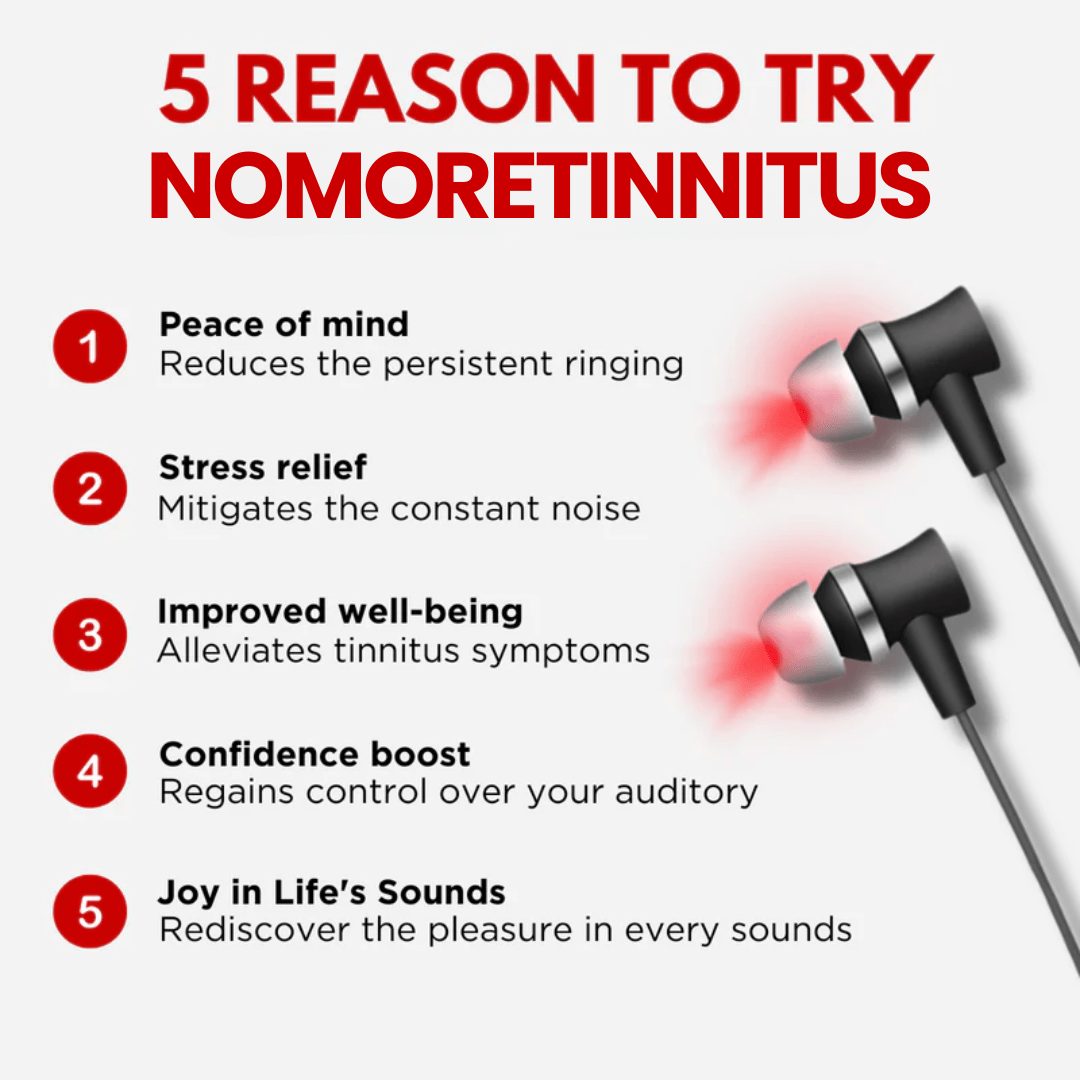

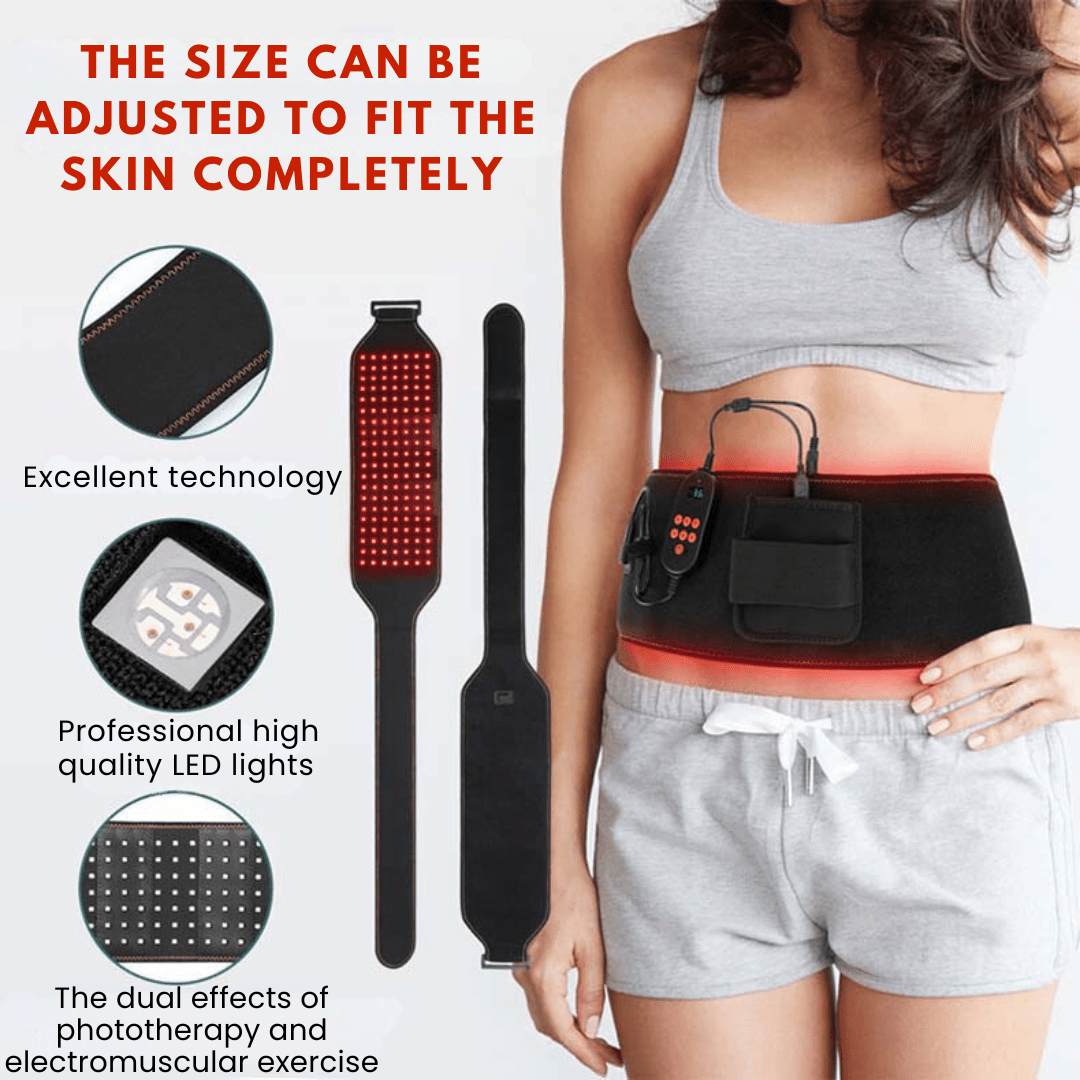
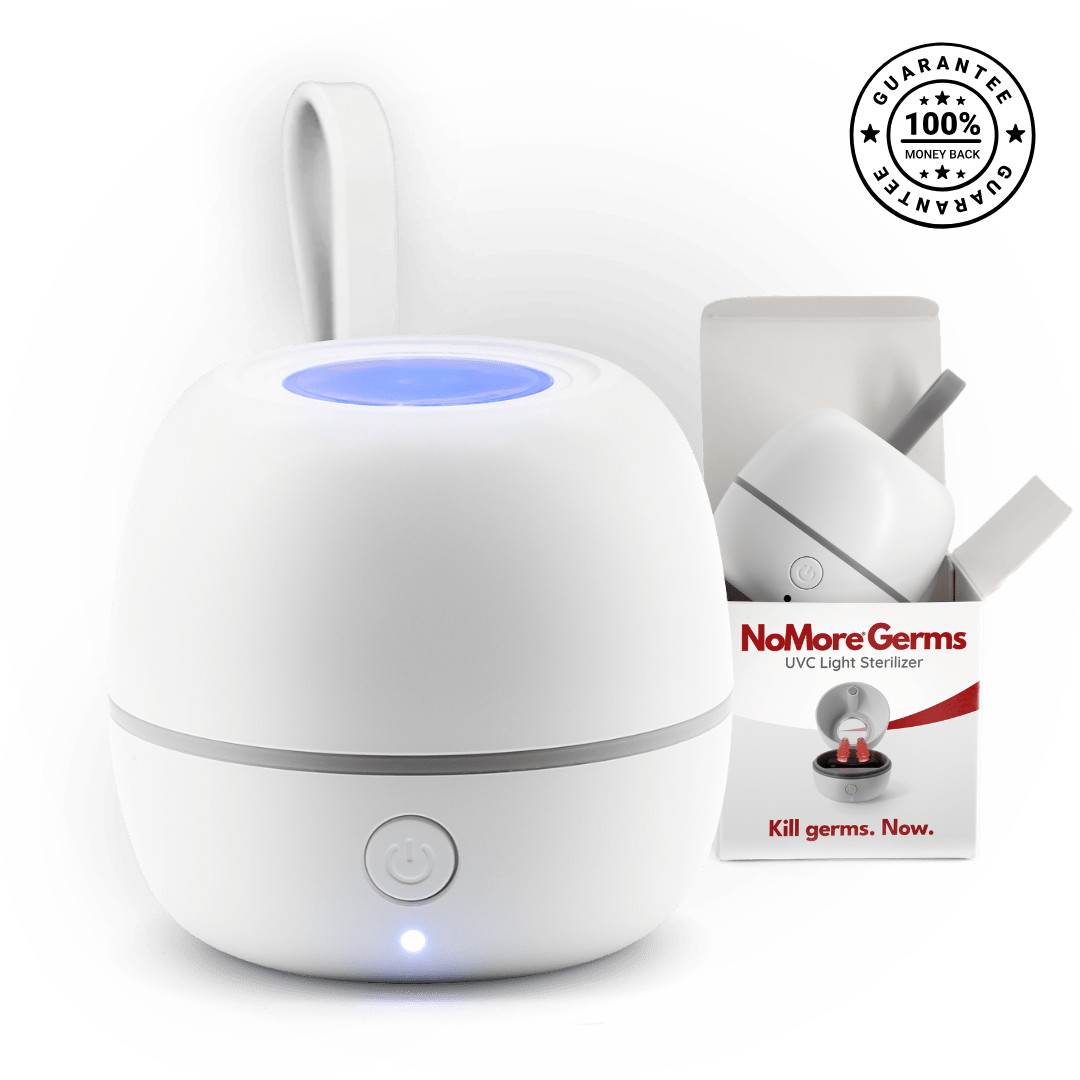
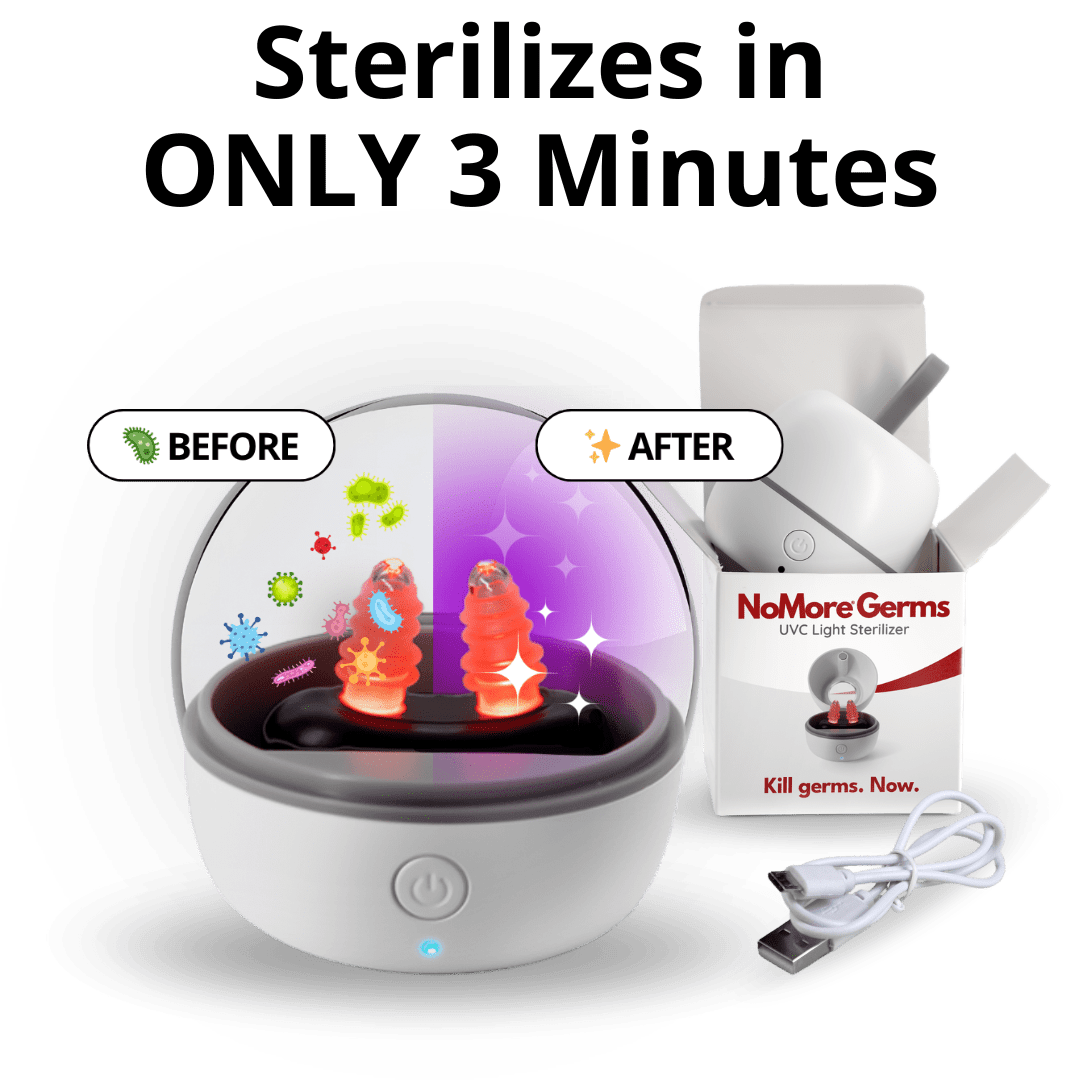
Leave a comment
This site is protected by hCaptcha and the hCaptcha Privacy Policy and Terms of Service apply.